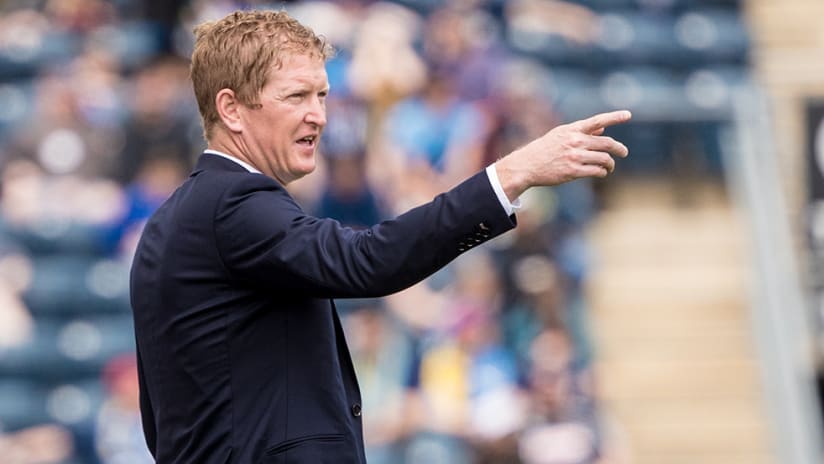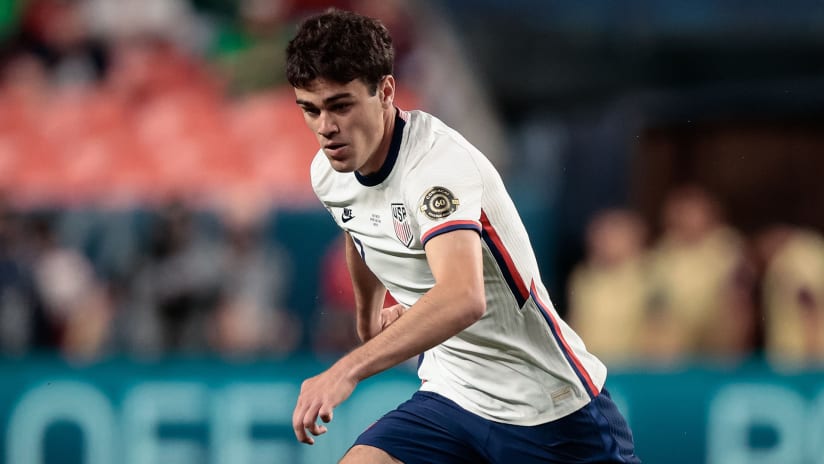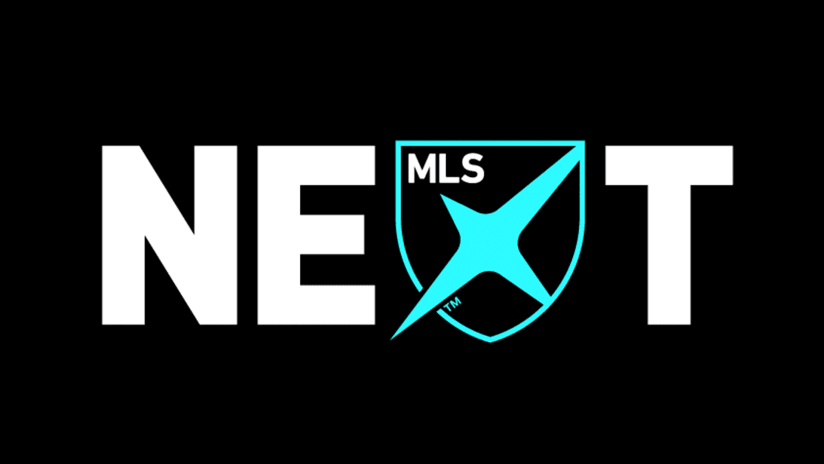“The next step is, we have to sell one of them,” Philadelphia Union coach Jim Curtin told Yahoo! Sports’ Doug McIntyre, referring to his young Homegrown Players. “Of course we want to win first, but to sell one of our guys, we still haven’t done that as a club. You flip a guy for a couple million bucks, then maybe you can invest in a [Designated Player].”
This quote, to me, is the most important event in Major League Soccer right now. It’s the start of the future, the first admission of what’s to come. We are in the middle of an inflection point in league history.
Curtin went on to add, “If we can get this pipeline going and there is a steady flow of good young players going out for good fees and the money is invested back into our academy and into our first team, I think that’s a sustainable model.”
Paradigm shifted
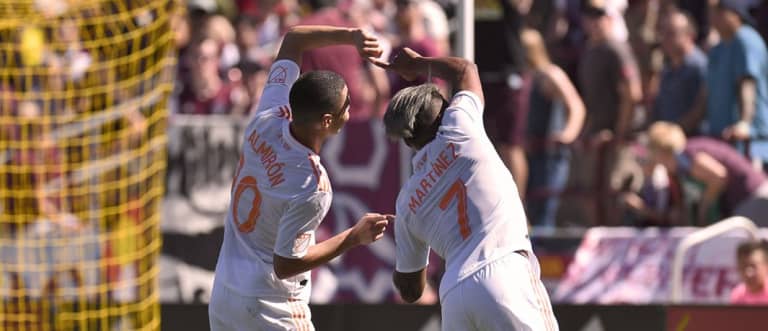
Miguel Almiron and Josef Martinez | USA Today Sports Images
Atlanta United changed the league. They spent millions of dollars on three players, including the 2018 Landon Donovan MLS MVP, Josef Martinez, and the player who should have won the 2018 MVP, Miguel Almiron. They smacked all comers every which way in the playoffs on the way to an MLS Cup title.
This year, LAFC are putting everyone six-feet deep in the regular season. Carlos Vela, an acquisition worth eight figures, is putting together the best season in league history. They upped their own ante, too, by shelling out somewhere around $8 million for young Uruguayan striker Brian Rodriguez in this summer’s transfer window.
There’s a clear statement that’s been made by a group of clubs: If you don’t have a Miguel Almiron or Carlos Vela or Nico Lodeiro or Diego Valeri, you’re done. (It takes some other things as well, but those are the foundations.)
You might, might, might be able to squeak out a trophy every now and then. The Red Bulls showed that in 2018 (though I think that’s a strong argument to be made that Tyler Adams was a once-in-a-generation player who is essentially a $10 million asset). Philly might be able to get one this year, as well; they currently sit atop the Eastern Conference.
That’s the beauty of soccer – talent doesn’t always determine the outcome. It’s been a fantastic feat by Curtin. The broader goal, however, is not to fight above your weight, but to step up into the next weight class. Talent doesn’t determine the outcome, but it helps a lot. If you really want to compete year after year, especially as the number and quality of big-money investments trends upward, you need studs.
Don't just grow; transfer
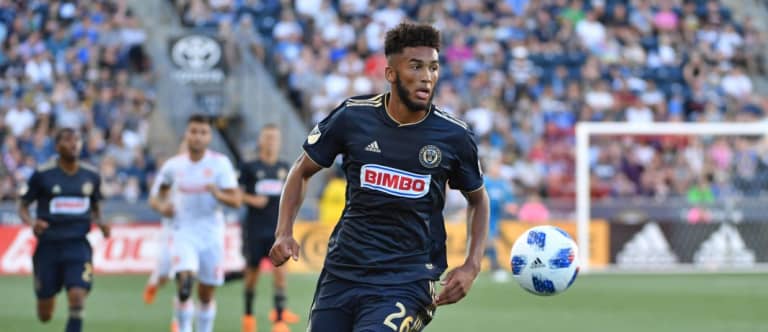
Austin Trusty | USA Today Sports Images
A basic truth in MLS, just like every sports league in every country in the world, is that some teams have more investment capital than others. What’s cool about soccer compared to other American sports: You can make up the difference.
By transferring young players for a profit.
The Union don’t have someone like Miguel Almiron on their roster at the moment. But if they can develop and sell Auston Trusty, Brenden Aaronson and Mark McKenzie for a combined $10 million… there’s your money to go get your Almiron.
The true calling card of a club like Philadelphia, too, is that they wouldn’t sink the ship by losing three players – they will always have a new Trusty coming through the pipeline. The club isn’t hoping to strike gold every now and then, they are sowing fields.
Now you have players like Trusty and Aaronson, two players who have proven they can win more games than they lose, on the field with a Miguel Almiron. That’s a squad.
And it’s the next wave of Major League Soccer. You have to develop and reap your investments, not because it’s fun and will get you some nice headlines on MLS[soccer]dotCom, but because it’s imperative to compete in the long term.
There are two ways to go about it. You can develop your own Homegrowns, as Curtin is referring to, or you can buy someone else’s young players and transfer them for more in the future. Atlanta did the second with Almiron; LAFC will probably do the same at some point with Diego Rossi. It’s a path that can obviously work. But there’s also the alternative – Lucas Melano, Josue Colman, Pablo Aranguiz.
The path some clubs will choose to take is not to invest a few million on a single player, but push that money towards a robust academy system. Then you have the potential to get multiple players with the same bet.
Then once you get those fields turning and you can bring in money on Homegrown talent, there’s no limit to what you can invest. Now the clubs that develop talent will set the next wave.
It’s going to be one of the defining traits of MLS over the rest of this season, and every season moving forward. How is your club developing talent? How do clubs plan to win this year, while also setting themselves up for continued success down the road?

